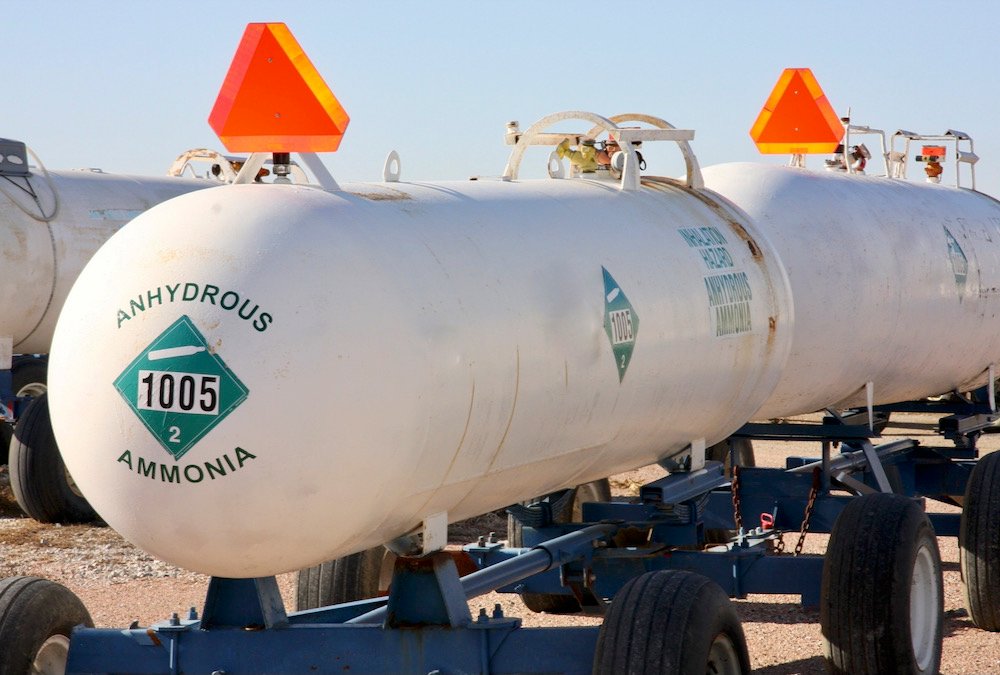Anhydrous use dwindles in Ontario

Safety concerns, ever-tighter regulations and good alternatives continue to reduce the availability of anhydrous fertilizer in Ontario.
But while urea and urea ammonium nitrate (UAN) now dominate, some growers and input suppliers still see enough value in anhydrous to maintain a degree of availability.
Why it matters: Anhydrous, the comparatively cost-effective option for nitrogen fertility, is increasingly hard to source from ag-input suppliers, though not without reason.
In the southwest, AGRIS Cooperative Ltd. still delivers anhydrous through four service locations.
“Industrial uses are the biggest market for anhydrous. It’s a secondary thing for agriculture, though more significant out west,” says Dale Cowan, senior agronomist and sales manager for the supplier.
“It’s a pretty static volume. Definitely not a growth area. It tends to be the same farmers using it.”
The cost-effectiveness of anhydrous is one reason some growers still find it an attractive option. With a 20- to 25-cent difference, Cowan says it can save $35 or $40 per acre. Indeed, anhydrous is the most cost-effective option dollar for dollar. But applicators do have to be trained, and they need to take additional safety precautions during application.
There are also environmental and flexibility considerations.
“As we try to minimize loss, urea has been the most popular. UAN lends itself to many different applications and timings,” says Cowan.
“We’re starting to see these other value-added products. It’s very hard to [do] anything else for anhydrous. It tends not to be something we spend a lot of time enhancing.”
Stringent safety regulations
Keeping anhydrous available to growers requires extra work on the part of input suppliers and regulations continue to increase.
Mandatory fencing around yard sites that contain the product is the most recent change, though inspection and federal accreditation for tanks and running gear is also required in addition to training by farmers and retail personnel.
Anhydrous stocks must also be reported to local municipalities, and all sites and equipment are subject to regular inspection and audit.
Part of the requirement for additional site security came from theft concerns, specifically because anhydrous can — and allegedly has been — used in the production of illicit methamphetamine.
“I haven’t heard of anyone here experiencing that, but that’s not to say it doesn’t happen,” says Cowan.
Opting out
Hensall Co-op has not experienced any theft either but increasingly stringent regulations did play a role in the cooperative’s move to stop offering anhydrous after 2019.
Lower customer demand was an even more significant factor, however.
“Significant resources went into training and regulations each season,” says Jim Barclay, Hensall’s crop retail manager. “Number one was less demand from customers meant significantly less tonnage going through fixed cost of assets.”
In its place, Barclay said trends lean toward liquid fertilizer such as 28 UAN, urea and a Nutrien Ltd. product called controlled release ESN Smart Nitrogen. There are also split application strategies like Y-drop, side-dressing and high-clearance dry fertilizer.
In terms of overall popularity, Barclay says there is no clear winner.
Source: Farmtario.com

